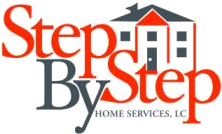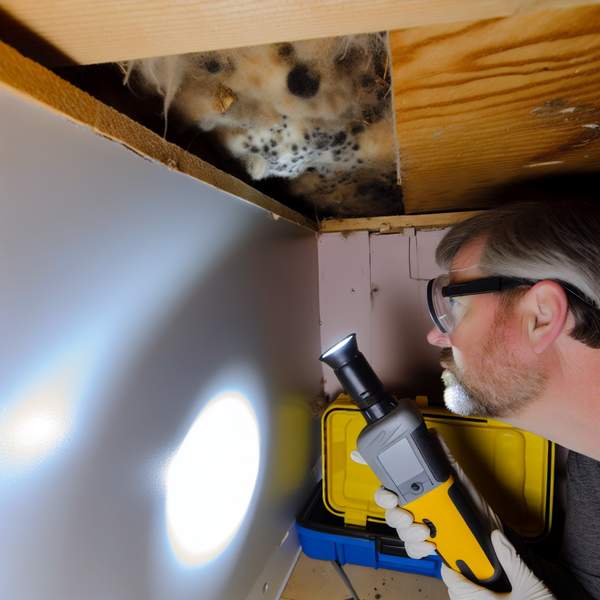Mold is a sneaky invader that can lurk in unexpected places within your home, often going unnoticed until it becomes a serious issue. Even in well-maintained homes, mold can find hidden spots to thrive, leading to potential health risks and property damage. Understanding where mold tends to hide can help homeowners take preventative action. As seasoned home inspection professionals, we are here to share insights on how to identify and address these mold-prone areas.
Behind Wallpaper and Drywall
One of the most surprising places mold can hide is behind wallpaper and drywall. These areas can trap moisture from plumbing leaks or high humidity, creating a breeding ground for mold. To identify potential issues:
- Check for peeling wallpaper or bubbling paint, which can indicate moisture problems.
- Use a moisture meter to detect elevated moisture levels behind walls.
Regular inspections and addressing leaks promptly can prevent mold growth in these hidden areas.
Underneath Carpeting and Floorboards
Another common hiding spot for mold is underneath carpets and floorboards, especially in basements or areas prone to flooding. Mold can develop here without visible signs on the surface. To mitigate this risk:
- Inspect for musty odors, which can indicate hidden mold.
- Use a dehumidifier to maintain indoor humidity levels below 60%.
- Regularly check for water stains or dampness.
Professional inspections can help identify and rectify these issues before they escalate.
Inside HVAC Systems
HVAC systems can circulate mold spores throughout your home if not properly maintained. Moisture from condensation creates an ideal environment for mold growth inside ducts and units. To prevent this:
- Schedule regular HVAC maintenance and cleaning.
- Replace air filters every 1-3 months to ensure proper air flow.
- Use a UV light system to inhibit mold growth within the system.
Regular inspections and maintenance can keep your HVAC system mold-free and ensure healthy indoor air quality.
In summary, mold can hide in some truly unexpected places within your home. Regular vigilance and professional home inspections can help uncover and address these hidden dangers. Consider scheduling a comprehensive inspection to safeguard your home against mold and other potential issues.

